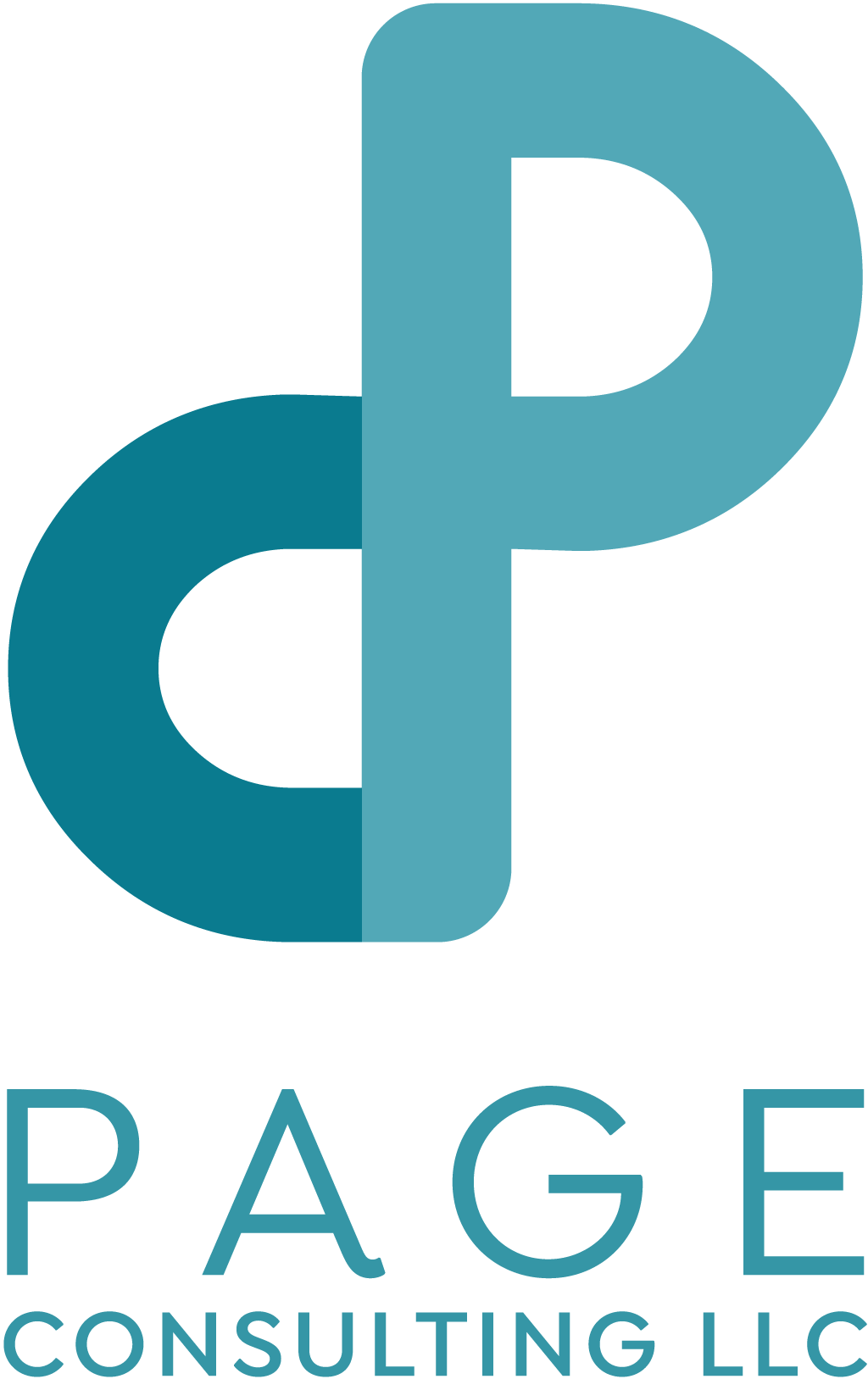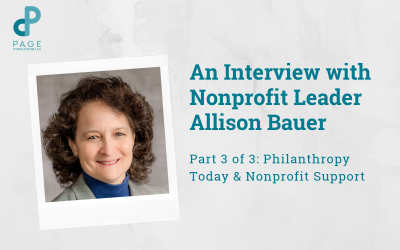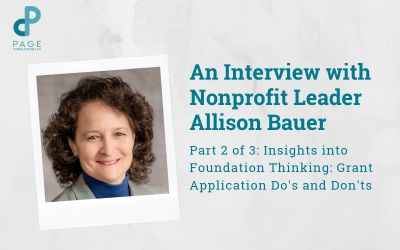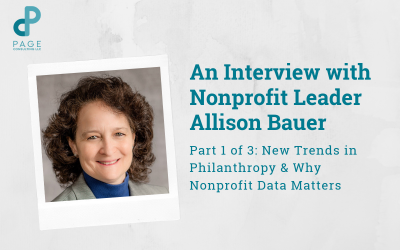When I was in college and had a big paper due, I would spend about three-quarters of my time in advance of the deadline “planning” for how to approach the paper, and only about one-quarter of my time actually writing it. In retrospect, the whole process was insane – it involved a lot of little slips of paper covered in hand-written, color-coded notes, and it’s truly a wonder that my roommates didn’t kick me out of the house.
While I like to think I’m slightly less obsessive now, certain pieces of this former writing process have undoubtedly made their way into my career in fundraising. I honestly believe that the key to success in any grant application lies not in the writing, but in the preparation. So break out your highlighters and get ready to start color-coding! Or, better yet, let’s get down to some practical tips on how to prepare a winning grant application:
Tip #1
Identify foundations that align with your mission
There are many tools out there that can help you identify foundation donors (I’d love to hear from you about your favorite “go-to’s”), but the service I have found to be the most reliable and user-friendly is Foundation Center. One of the very best things about Foundation Center is that you can access it for free in almost every public library, so if you don’t want to pay the annual subscription fee, all it will cost you is a little extra commuting time. While I’ll save my deep dive on the research process for another post, I can safely say that the best foundations for your organization to apply to will have as many of these boxes checked as possible:
- The mission and identified priorities of the foundation match closely with those of your organization and/or your programs and services (you do not need to invent new services to apply!)
- The foundation focuses on a geographic area that clearly includes your organization’s service area
- The foundation has an open, competitive grant application process – and ideally, a website and detailed priorities to match
- The foundation awards grants to a variety of organizations each year and does not give to the same handful of organizations year after year
If you don’t have access to Foundation Center and need to find out more about a foundation (especially one that doesn’t have a website), you can always open a free account with GuideStar, where you can access every registered foundation’s tax Form 990. On Form 990s, you can scroll past grants, application instructions, and Board information. A super handy tool, especially when your Board member tells you a certain foundation is a “perfect” fit but – through some quick research – you find their tax form indicates they’ve only ever made grants to their alma mater. Toss that one out!
Tip #2
Keep a streamlined, updated grants calendar (Wait, what’s a “grants calendar?”)
The grants calendar is the living document that guides everything you do. Without this, you might as well be a rudderless ship lost at sea with diminishing rations and no north star (pause for dramatic effect). A good, workable grants calendar in spreadsheet form outlines all grant proposals that you expect to submit over a 12-month period, typically corresponding to your organization’s fiscal year. As the months go by, you will make countless updates and edits to this document as deadlines shift, new information comes to light, and priorities change. At minimum, I include the following column categories in every grants calendar, but you should adapt accordingly for whatever works best for you:
- Month: Month and year I expect to be working on the proposal
- Rating: The “likelihood of funding” rating – this is a percentage (ex. 10%, 25%, 50%) I determine/guess based on factors like mission alignment and how competitive the opportunity may be. This is by no means a perfect science, but it helps set expectations for yourself and your team on how likely your grant is to be awarded.
- Foundation Name
- Status: Describes whether the foundation is a new prospect for my organization, a current donor, or a “lapsed” donor – i.e. one who has made gifts in the past, but not recently
- Deadline: The date a proposal is due. I recommend assigning a deadline for every proposal, even if the application has a “rolling” due date – otherwise you may find you never submit it!
- Date Submitted
- Amount Requested
- Program/focus area: A quick reminder of the content of request, i.e. whether the funding will be for a specific program, a campaign, or general operations
Tip #3
Build strong, compelling narrative templates
Templates are the absolute golden ticket to successful grant writing and perhaps our #1 timesaver. A good template is a document that contains the basic narrative information for a strategic grant request. This information can be copy-and-pasted from your template into your skeleton applications (more on this below), and adjusted to meet the specific requirements of that application.
I typically use an adapted version of the Philanthropy Massachusetts Common Proposal Form to determine the categories for my templates. A good goal for any nonprofit is to have 2-3 proposal templates on hand each fiscal year (generally, a request for unrestricted/operating support and 1-2 programmatic requests) that can readily be “drawn from” to complete applications. Developing templates will require an upfront time commitment, but you won’t have to reinvent the wheel for every proposal!
Before we move on, however, I want to strongly draw your attention back to the word strategic. Your templates must must must align with your organization’s strategic priorities. Strategic priorities are the goals that your organization is seeking to achieve in the coming year or years – whether it be programmatic improvements, an expansion of services, policy goals, or investment in capital expenditures. Even the smallest nonprofits naturally have strategic priorities, even if they haven’t been articulated on paper before. When we focus our templates on strategic organizational priorities, we no longer feel compelled to pursue random proposal opportunities (or to invent new services!) that may or may not truly align with what we do. We move from random to strategic, reactive to proactive.
Tip #4
Always create “skeleton” applications
Grant application instructions can range anywhere from a simple “letter describing your project” to several pages of highly specific narrative instructions and a complex series of attachment requirements. Don’t be the person (and we have all been this person, btw) who realizes on the date a proposal is due that there’s an entire section you missed that requires detailed demographic data on your client population and you’re forced to send the “I’m so sorry but can you please gather this really tedious information…” email. No one – least of all you – is happy when this happens.
This is why I recommend creating “skeleton” applications. Skeleton applications are documents you create that outline every narrative question required in your upcoming proposal as well as a detailed list of attachments. This is your blank canvas. Because so many applications are now accessed via online grant portals, you should always be sure to create your log-in and password ASAP and to systematically review all aspects of the online application, copying and pasting requirements as you go (Side Tip: be sure to always note where there are character or word counts on narrative questions!). I recommend undertaking this process at least 30 days in advance of any deadline, giving you plenty of opportunity to assess what will be needed and to begin delegating proposal-related tasks. Over the years, skeleton applications have averted countless grant-related disasters for me and my team, and they are absolutely vital to success.
Tip #5
Have a grants planning session once a month
Try to begin each month by reviewing your grants calendar and creating – you guessed it – skeleton applications for each grant. If you make it to the point where you have a reliable working grants calendar and skeleton applications ready to go to begin each month, I swear to you, half your work is done.
From here, it’s time to gather the troops and begin assigning specific tasks (you may even consider creating – dare I say it – a monthly standing meeting). Make sure team members have access to the skeleton applications so that they understand specifically what is needed from them. During the meeting you can clarify the details of upcoming requests and identify any gaps in information. This is also a chance to check-in with your on-the-ground colleagues to find out about recent program changes, unique challenges the program may be facing, or to hear the latest success stories (to help develop the “voice” we discussed in our previous post). Saving time for your colleagues, and providing them with clear instructions and cushioned deadlines, will directly translate to a better work environment for everyone. And if you work in a small shop (where everyone does a little bit of everything), this process is doubly important. Your time is extremely valuable, and this little bit of front-end work will save you time and needless stress as deadlines approach.
Every one of these tried-and-true tips was created purely out of necessity – the need to cut down on wasted time, the need to improve working relations with colleagues, and the need to plan for realistic projected revenue in the year, to name a few. I’ve applied these tips to nonprofits of every size and have found that these guidelines are adaptable and (pardon the pun) foundational for any organization that seeks to pursue grants. Each one of these tips is undoubtedly ripe for a more detailed explanation so I encourage you to reach out with questions and let me know what additional information would help your organization the most. We all face similar challenges as grant writers so may as well share the wealth (of knowledge) when we can!
Other tips & tools
Allison Bauer Discusses Philanthropy Today & Nonprofit Support
In our two recent posts with industry expert, Allison Bauer, we covered philanthropy trends and the power of nonprofit data before diving right into the do’s and don’ts of grant applications. In our final post, we’ve saved the best for last as Allison discusses how we...
Allison Bauer’s Insights into Foundation Thinking: Grant Application Do’s and Don’ts
In our most recent post we sat down with industry expert, Allison Bauer, to discuss emerging trends in philanthropy and the power of nonprofit data. In Part 2 of our interview below, we dive straight into the do’s and don’t’s of grant applications and discuss how you...
Allison Bauer Talks New Trends in Philanthropy & Why Data Matters
This week I sat down with nonprofit leader, academic, and public policy guru, Allison Bauer, to discuss the do’s and don’ts of making your case for foundation support, broader trends in philanthropy, the importance of nonprofit data, and her latest role with the...




